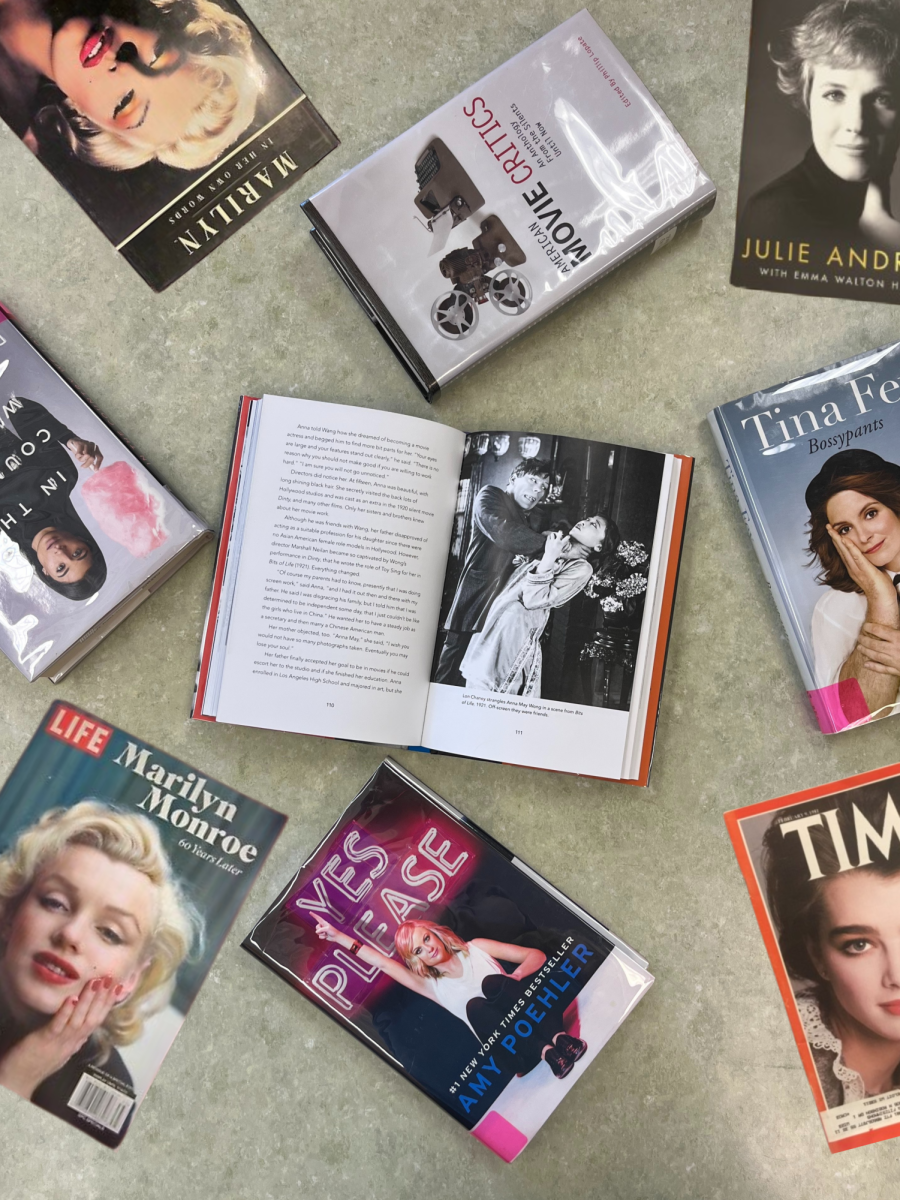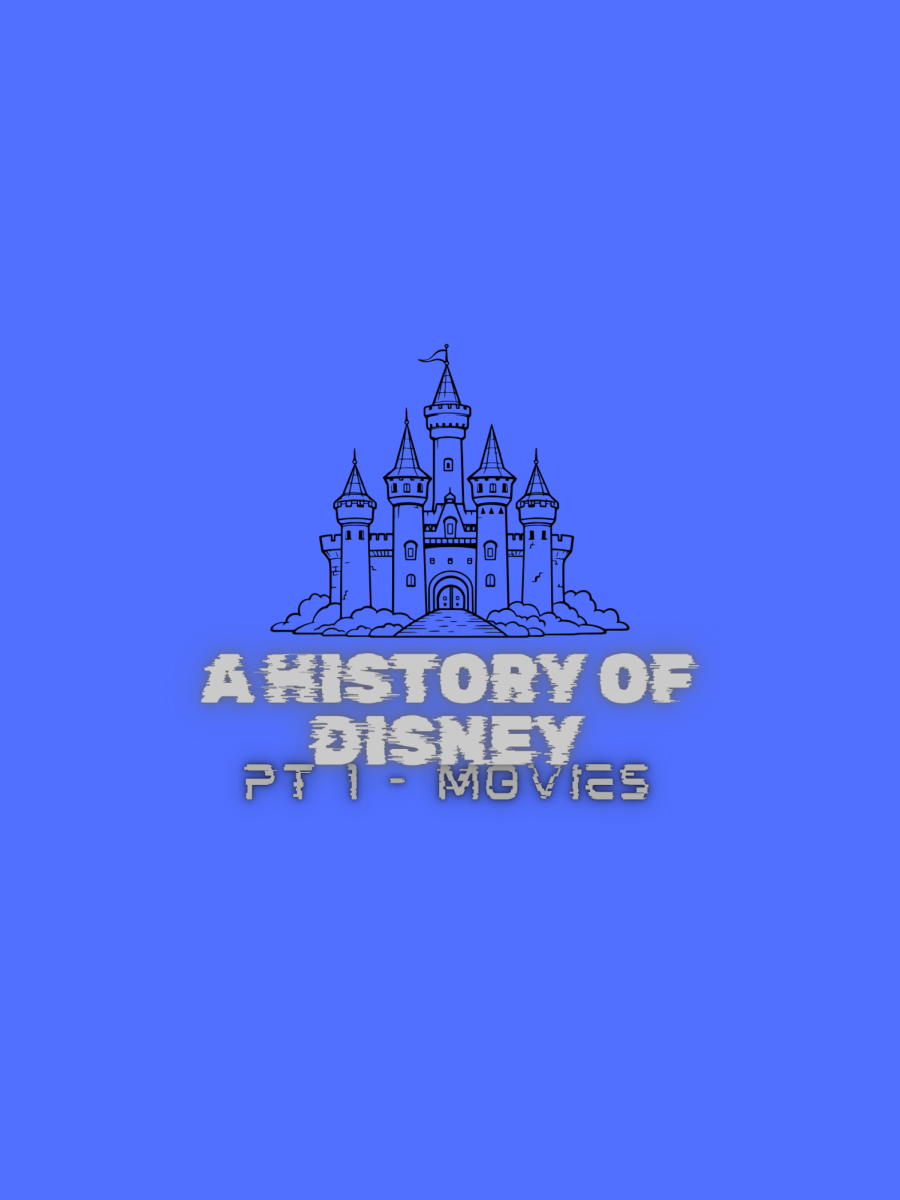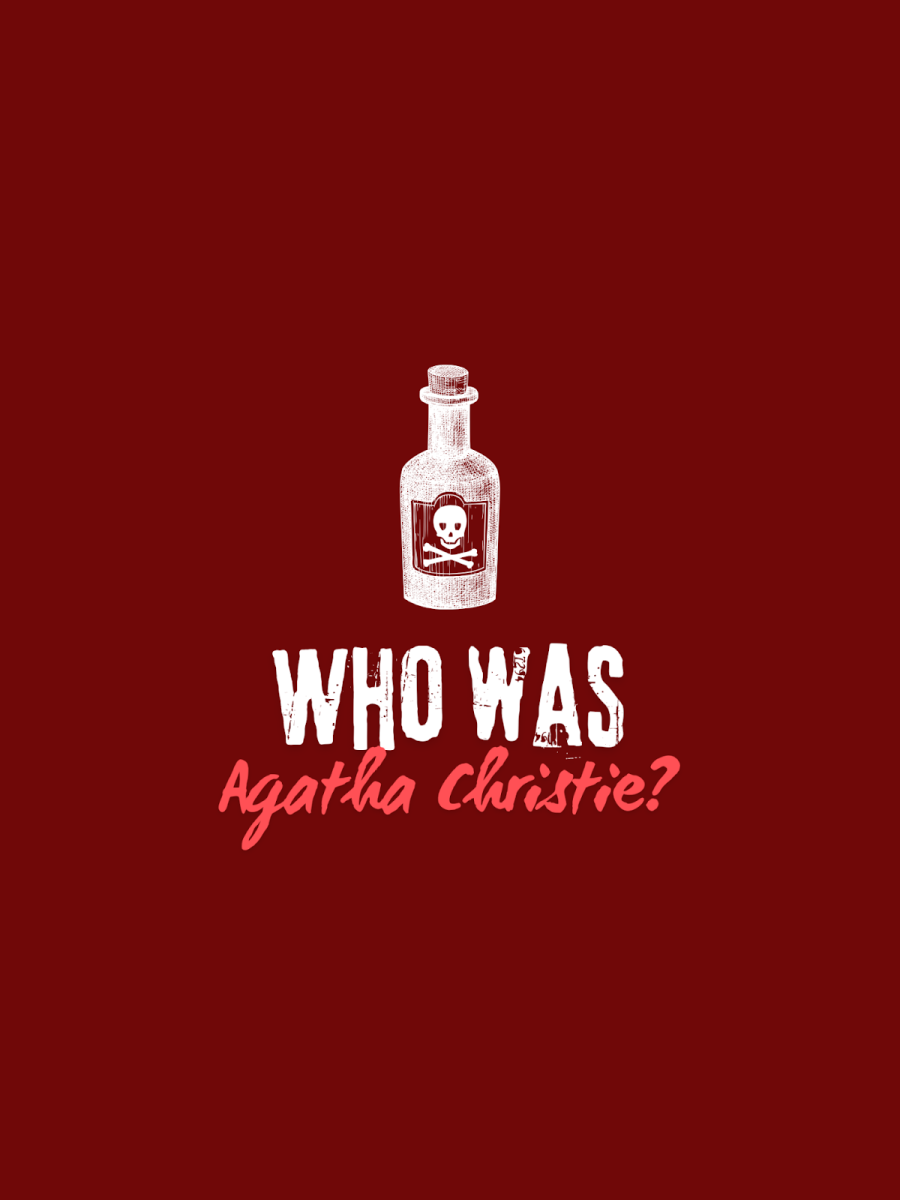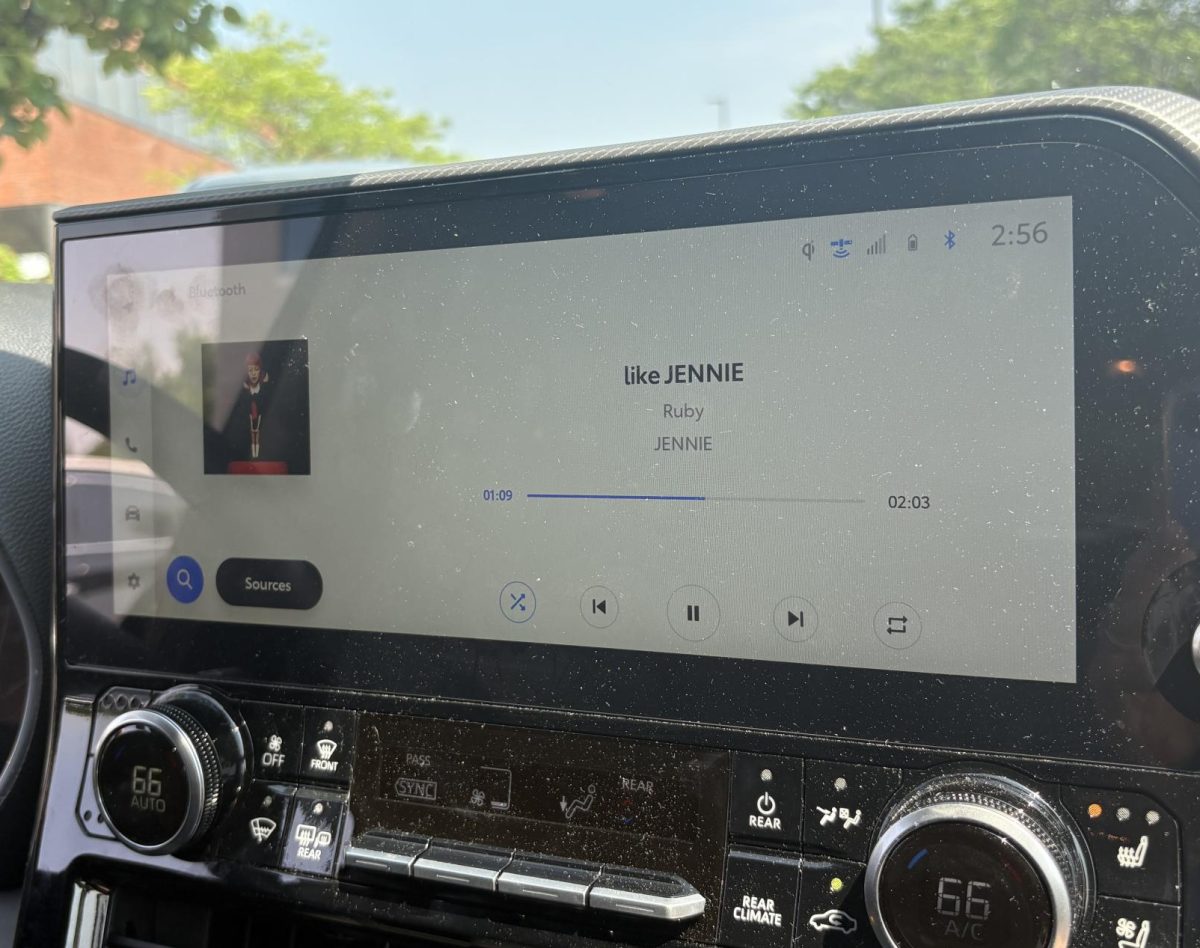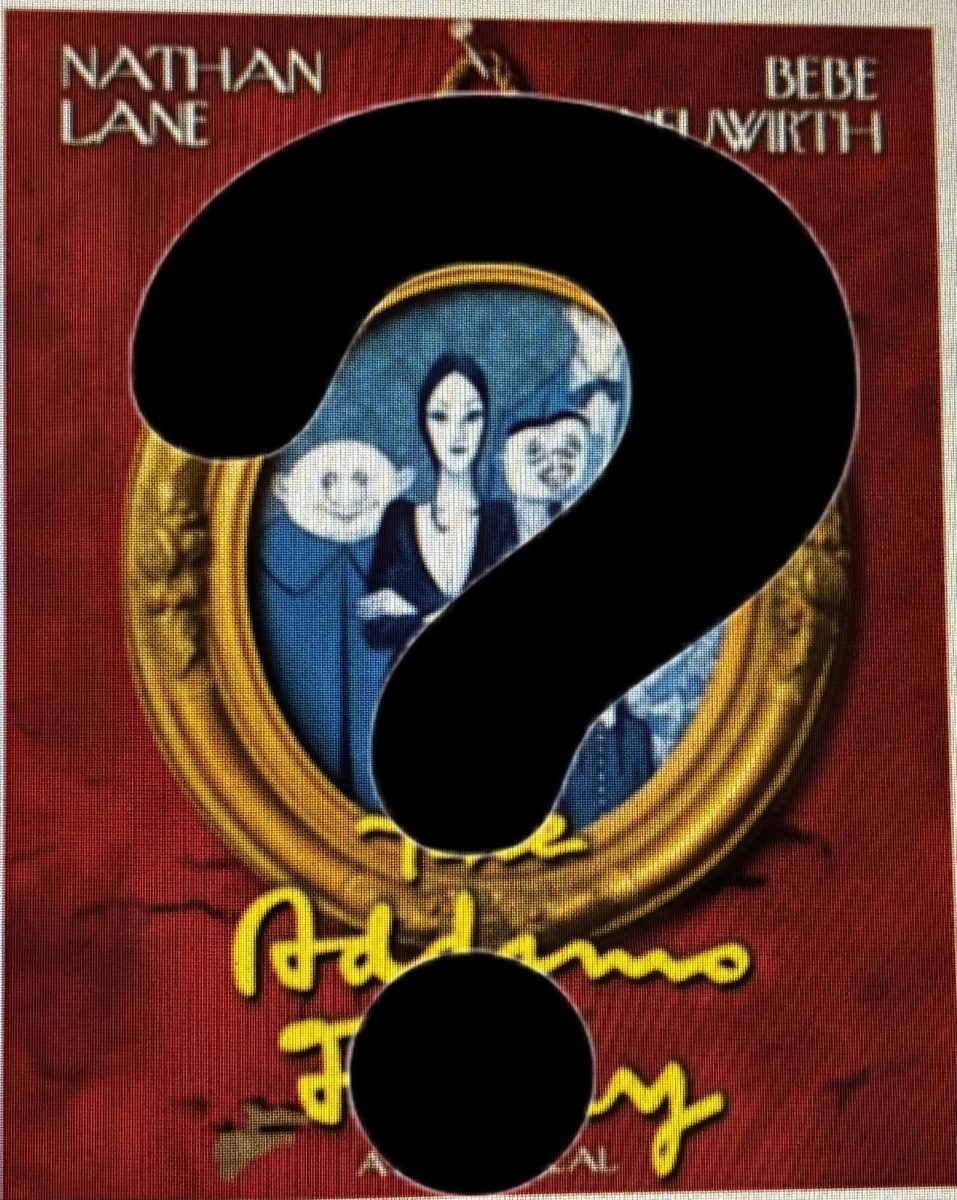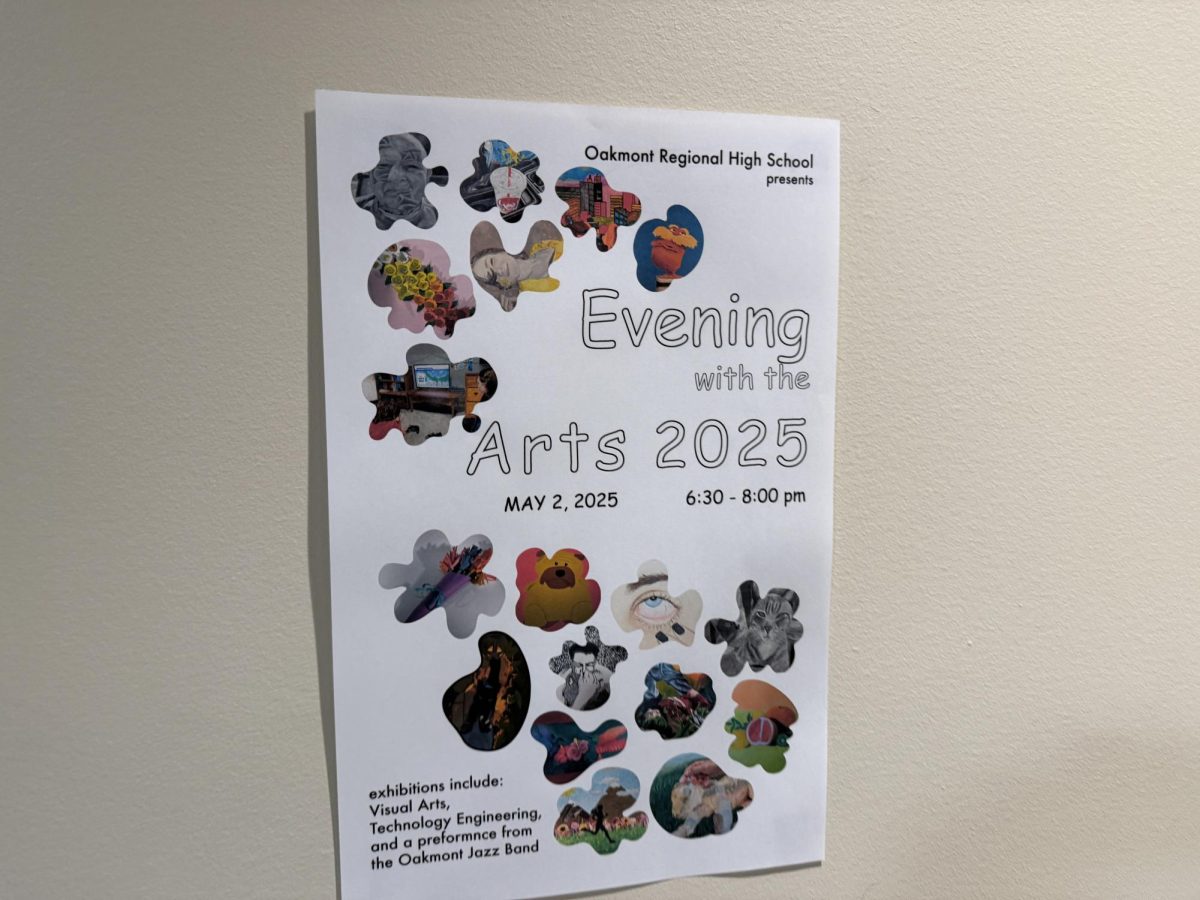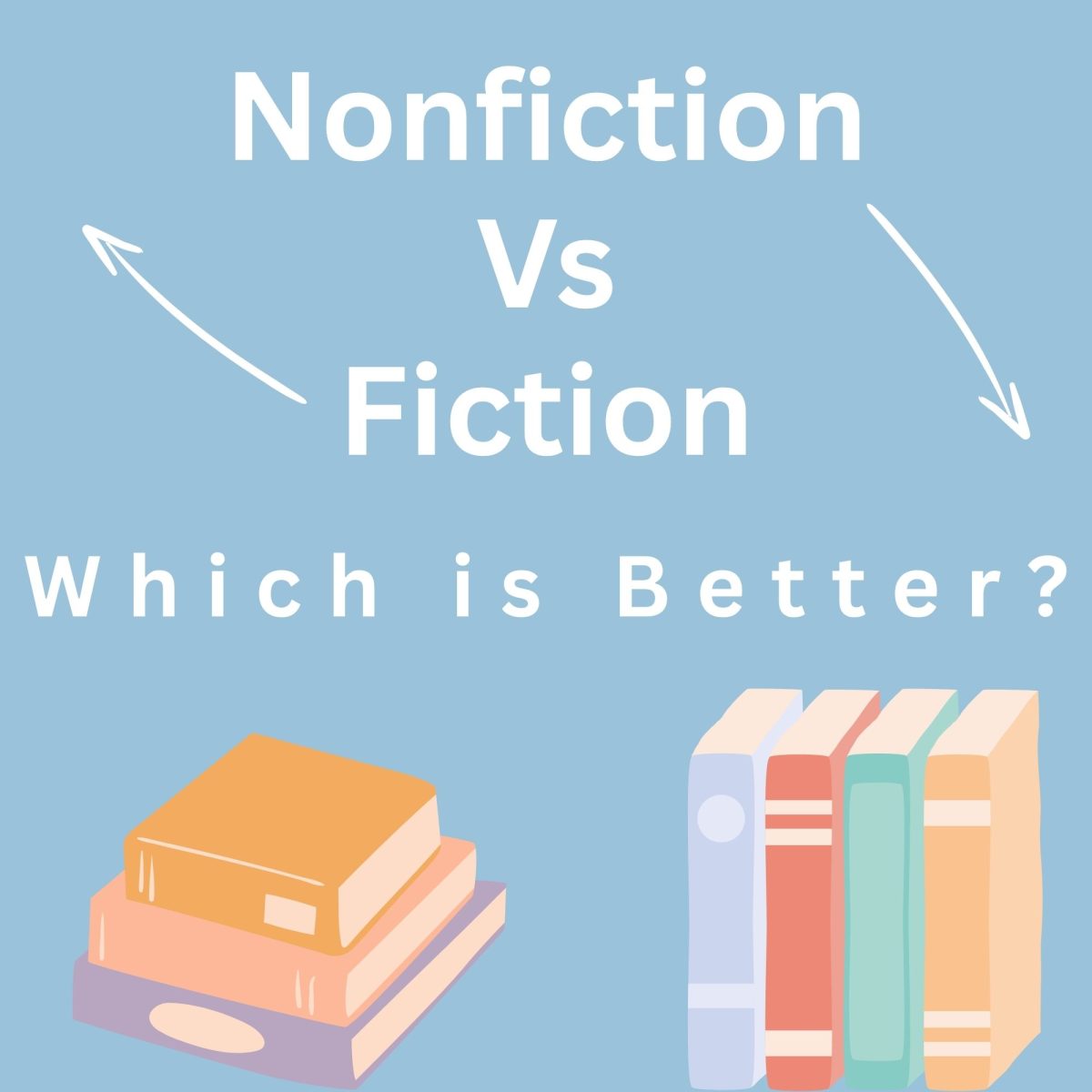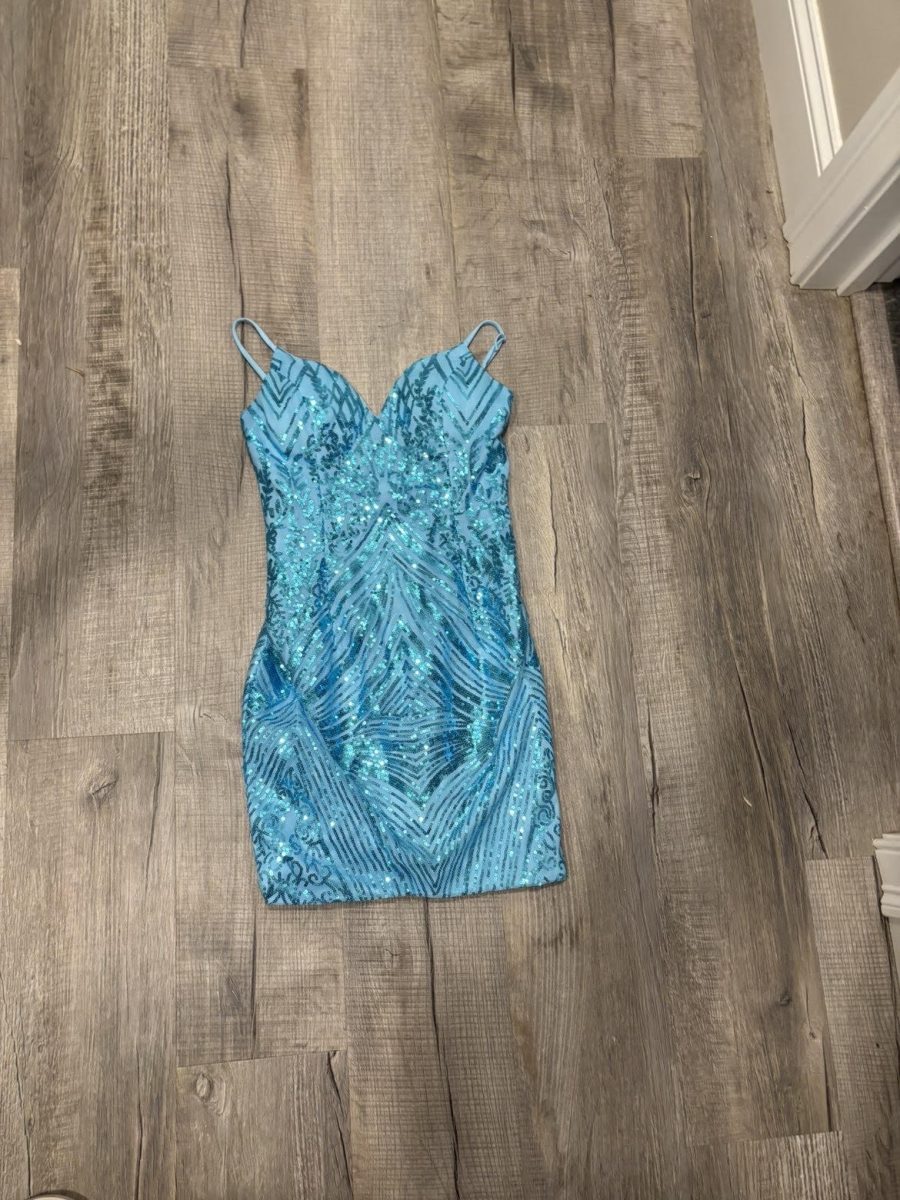Female roles in the film industry have constantly been sexualized throughout the history of cinema. Women and teenage actresses, from the moment they enter the industry, know that they will have to deal with the over-sexualization of their bodies. With all the advancements we have made in history for women’s rights, one would think that the superficiality of their characters portrayed in film would be different.
It’s not. There have been advancements and attempts to make female-led films, but they are usually unsuccessful or directed in a way that makes them shallow and unpolished.
This certainly doesn’t mean that all female roles nowadays are shallow. There have been improvements, but we still have a long way to go, and many mistakes from the past need to be corrected. There are still many improvements to be made.
The sexualization of women started earlier than one would expect. A prime example of an actress who is not seen beyond her roles is none other than Marilyn Monroe. When the average person thinks about her, they imagine how she was the sex symbol of her time. She was widely considered very attractive, a famous American actress, singer, and model.
Is there more to her character? Yes. Do more people know anything about her besides her reputation as a beautiful woman on the TV screens and her scandals? No.
She is not portrayed in any media other than what she is currently known for. Despite her career in acting, Marilyn was the exact opposite of her on-screen characters. According to Lily Rothman, in her article in Times, Marilyn helped Ella Fitzgerald, a black singer, get an engagement at the all-white Mocambo Nightclub by calling the club and telling them she’d be at the front table every night. This was unheard of at the time. There is so much potential to know her differently, but sadly, Marilyn Monroe was objectified off screen and in her roles, which is how we remember her.
Natalie Portman may have been born in a different era than Marilyn. Still, the experiences she faced when she was younger reflect the industry she works in and is a good example of what it could do to young, impressionable actresses. Natalie Portman has a slightly different story but faces the same problems, which include the over-sexualization of her body and sexual objectification by the audience.
Natalie entered the industry very young. She was only thirteen years old when she filmed her first movie, “1994’s Leon,” and realized that she couldn’t express herself sexually because men would feel entitled to discuss and objectify her body even to her discomfort. During a women’s march in 2017, she spoke of her experiences as a young actress and the events that marked her. She says, “I know I was sexualized in the ways that I was photographed or portrayed, and that was not my doing,” The industry chose how they wanted to portray her, and she never got a say in it.
During the same march, she spoke about how her first fan mail was an R-rated fantasy letter written about her by a man. She was thirteen years old. Quickly, she changed her behavior.
She rejected any roles offered to her with kissing scenes; she would emphasize how serious she was and how “bookish” she was so that way she could feel more safe in her own body.
These are just a few examples of actresses who have been objectified by not only the industry but by the audience as well. This happens to many actresses in the industry, especially in Hollywood. There have been many studies on gender inequality in films, considering their pay and what they wear.
A new study by USC Annenberg showed specific statistics that illustrated the difference in sexualization between men and women in film, and not only women but also young adolescent girls. The way they are portrayed in cinema and by the media is unequal to the representation of men.
None of this is new news.
The survey found that “33.8 percent of female teen characters were seen in sexy clothing, and 28.2 percent were shown with exposed skin in the cleavage, midriff, or upper thigh regions. For male teen characters, the numbers were drastically lower, with 5.3 percent shown in sexy clothing and 11.2 percent showing skin.”
The sexualization of young girls also contributed to men viewing women and girls as “eye candy.” Not only did this study show the differences between men and women in sexy clothing but also the percentage of speaking characters in popular films such as “Harry Potter,” “Transformers,” and “The Twilight Saga.”
Historically and currently, there has always been an over-sexualization of women in the film industry.



